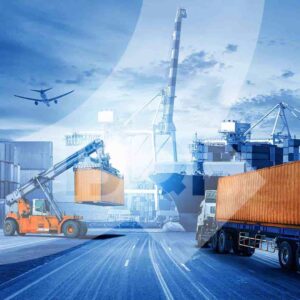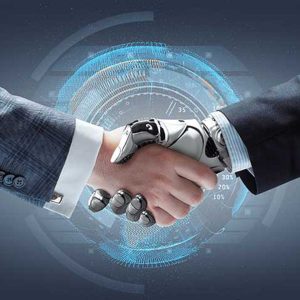In the complex network of global trade, logistics and transportation are the backbone that ensures the seamless movement of goods and materials. By examining the complexities of this essential industry in 2023, it becomes clear that it plays a pivotal role in shaping the economic landscape of the modern world. This article explores the nuances of logistics, outlines the transportation landscape, and addresses the challenges and opportunities that define this dynamic sector.
Definition of logestics
Logistics, fundamentally, is the strategic management of the flow of goods and services from the point of origin to the ultimate consumer. Integrated into supply chain management, logistics encompasses a spectrum of activities, including procurement, distribution, and storage, crucial for maintaining a seamless flow of products across the globe.
Key Components of Logistics
Breaking down complexities, inventory management, order fulfillment, and transportation emerge as key building blocks of effective logistics. We examine how each component contributes to the overall efficiency of the logistics process, ensuring timely and cost-effective delivery of products to their destination.
Transportation Outlook
Modes of Transportation
In a world connected by commerce, transportation modes – road, rail, air, and sea – form the arteries that sustain global trade. We discuss the advantages and disadvantages of each mode and illuminate the factors businesses need to consider for optimizing their transportation strategies.
Technological Advances in Transportation
The 21st century is witnessing a transportation revolution that is being driven by technology.. GPS tracking, autonomous vehicles, and route optimization algorithms are transforming the way goods move. We explore these innovations and their impact on efficiency and sustainability in the transportation sector.
Challenges and Solutions
Challenges of the Global Supply Chain
From geopolitical issues to natural disasters and global pandemics, the logistics and transportation industry faces numerous challenges. This section addresses these obstacles and provides strategies to mitigate risks and ensure the resilience of supply chains.
Sustainability in Logistics
With the increasing environmental awareness, sustainability becomes a key consideration in transportation. We discuss the growing importance of environmentally friendly practices and how businesses can align their operations with sustainable principles.
Best Practices for Logistics and Transportation Management
Effective Inventory Management
Optimizing inventory levels is a balancing act for operational efficiency. We explore strategies for effective inventory management and emphasize the role of advanced technology in maintaining optimal inventory levels.
Route optimization techniques
In pursuit of cost-effectiveness, businesses can utilize route optimization techniques. We discuss strategies and software solutions that enable businesses to streamline transportation routes, reducing costs and environmental impacts.
Future Trends in Logistics and Transportation
Blockchain in the Supply Chain
The emergence of blockchain technology provides unprecedented transparency and security in supply chain management. We explore the potential of blockchain and provide real-world examples of its implementation in bringing about transformative changes in logistics.
Artificial Intelligence and Machine Learning
The integration of artificial intelligence and machine learning is transforming logistics decision-making. From demand forecasting to route optimization, we delve into how these technologies are reshaping the industry landscape.
Conclusion
As a result, the logistics and transportation industry in 2023 is a dynamic ecosystem that constantly adapts to technological advancements, global challenges, and sustainability requirements. As we progress through this fast-paced section, businesses must remain agile and leverage innovations and best practices to ensure they stay ahead in the competition for efficiency and sustainability.






